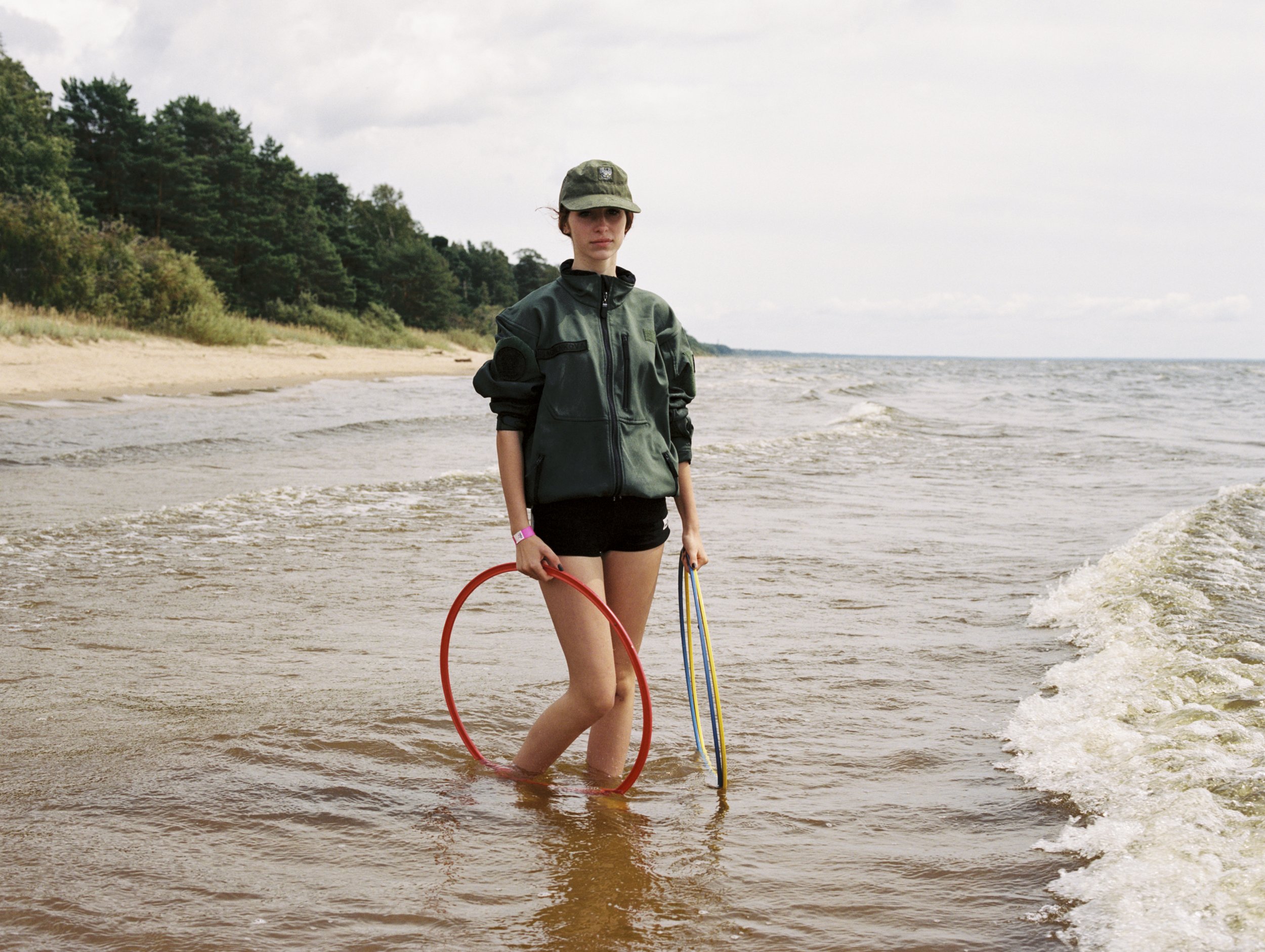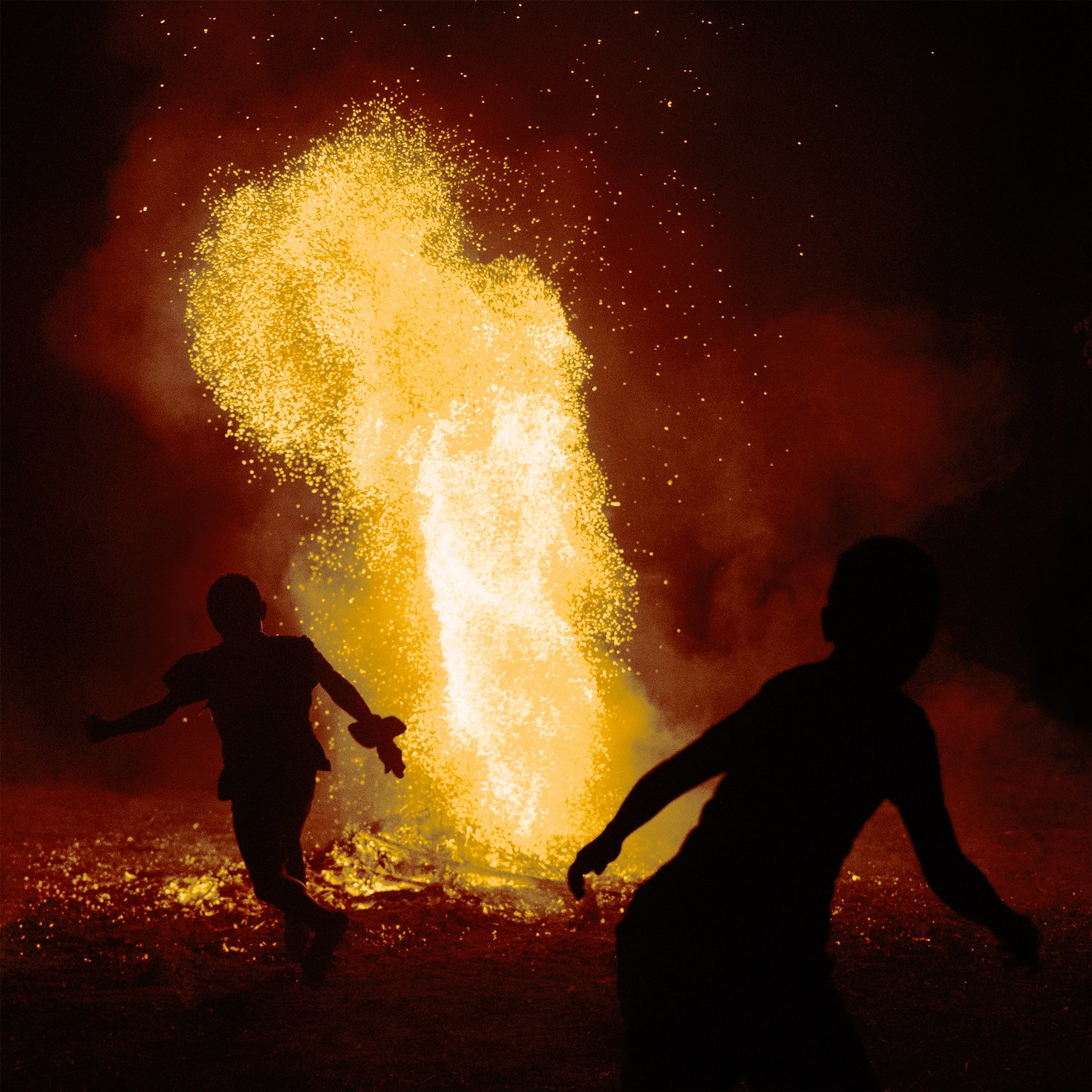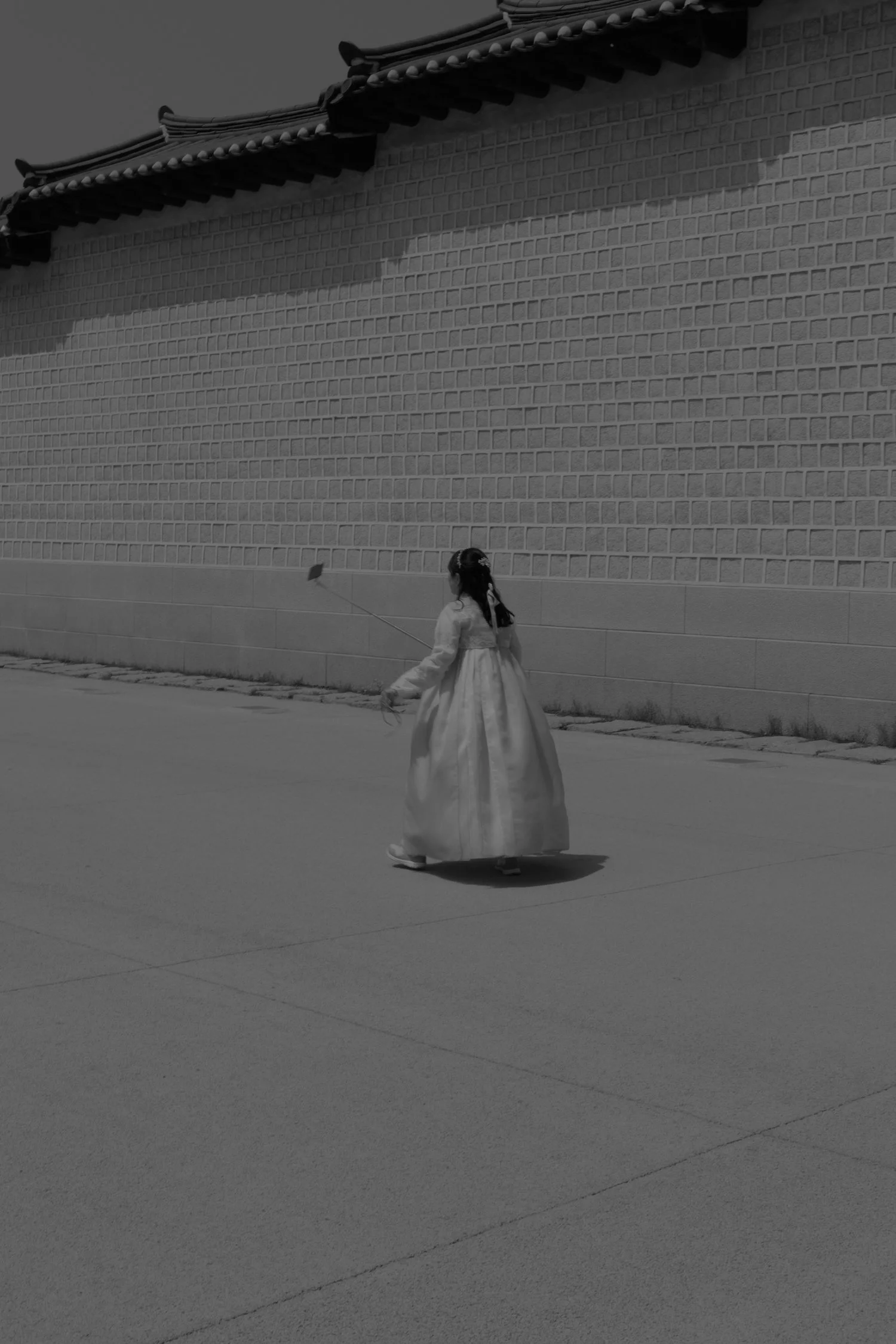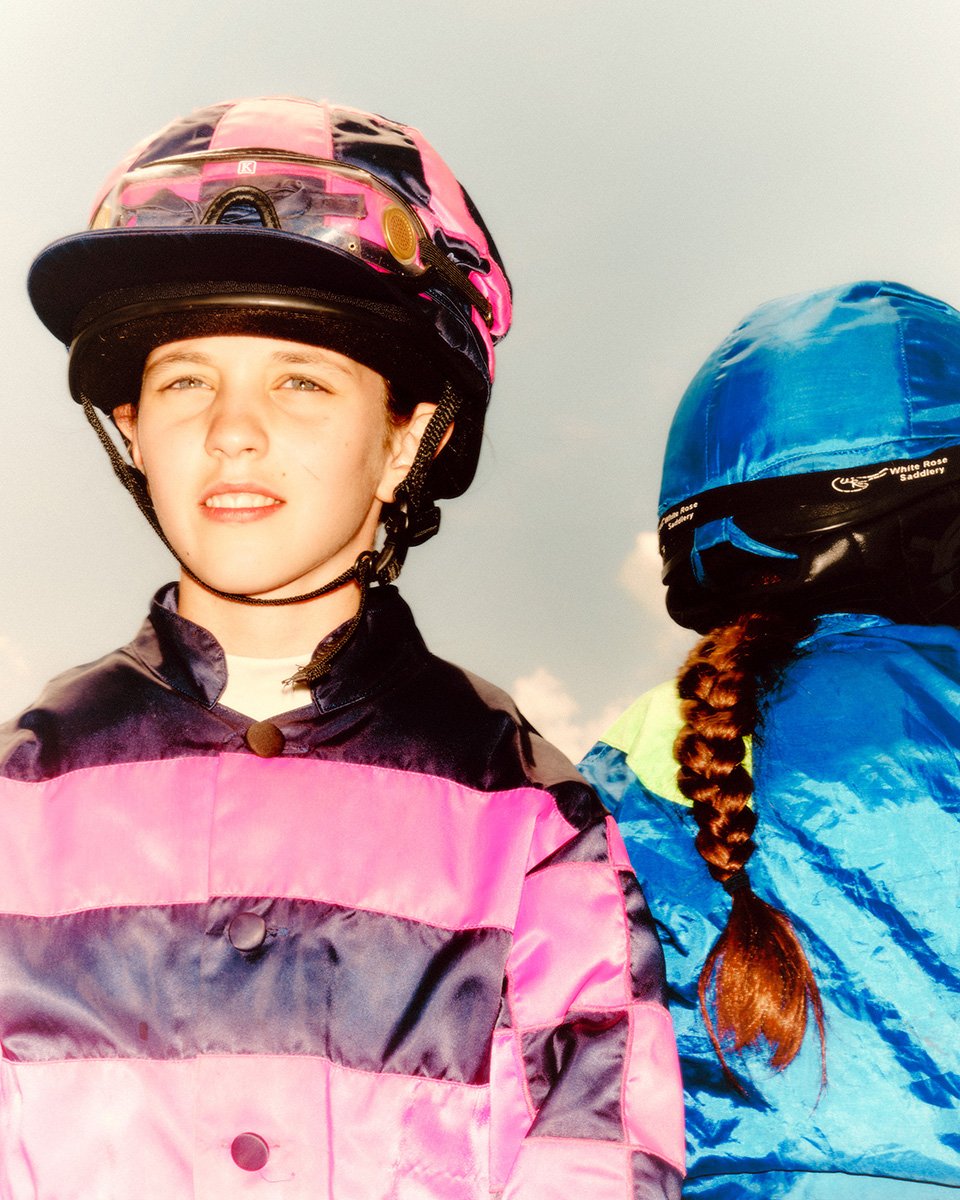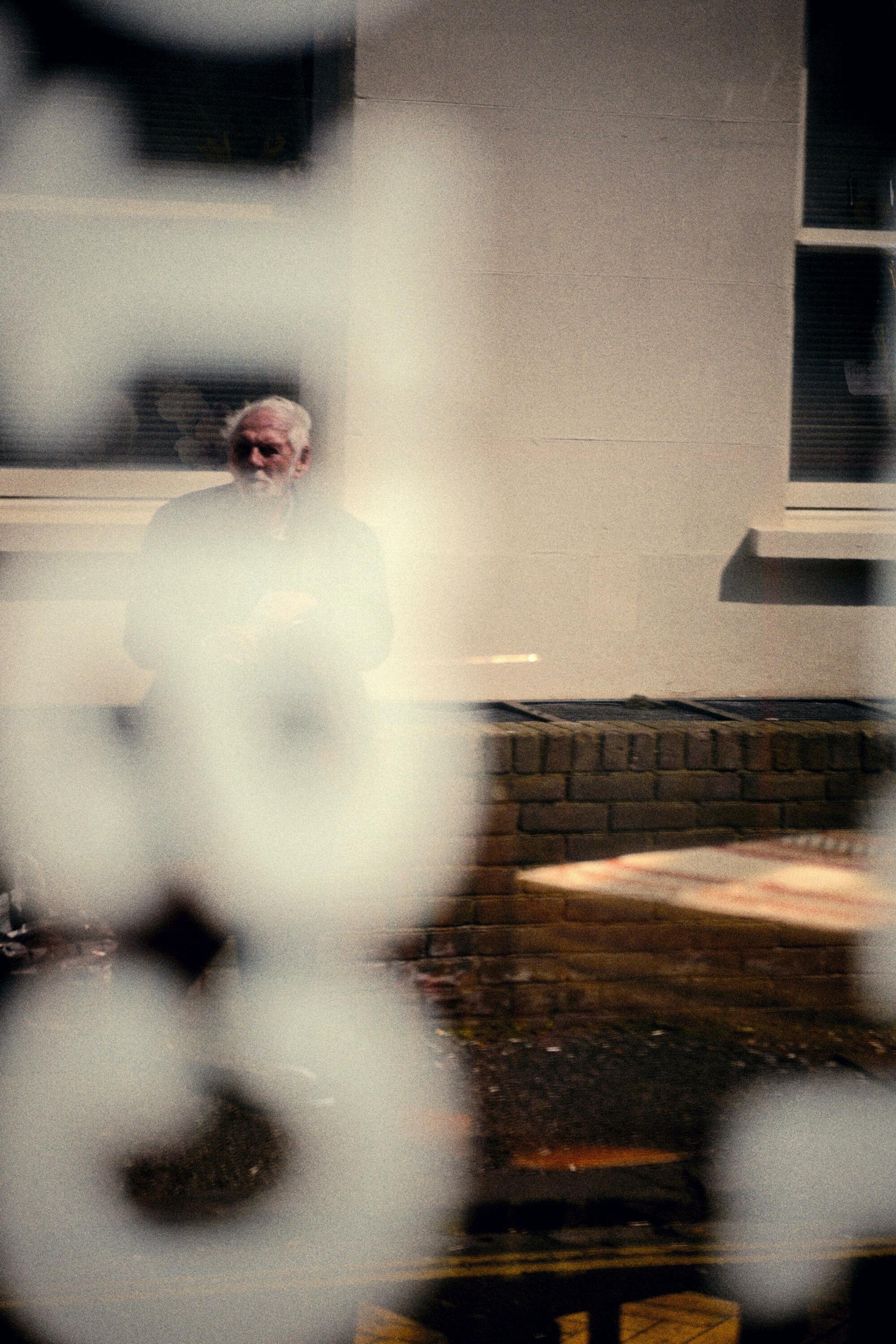To Survive on This Shore
There’s very little representation of older transgender people in our culture and those that do exist are often one-dimensional. For over five years, photographer Jess T. Dugan and social worker Vanessa Fabbre travelled across the United States to find people to photograph and interview. Their personal stories are captured in To Survive on This Shore: photographs and interviews with transgender and gender nonconforming older adults.
Photography Jess T. DuganSueZie, 51, and Cheryl, 55, Valrico, FL, 2015
Jess T. Dugan: My process really begins with choosing who to photograph and gaining their consent, which was especially important throughout this project. Beyond that, I work collaboratively with each person while setting up their portrait, trying to tease out a pose or gesture that is visually interesting but also unique to them. I am very influenced by painting, and my method of photographing is equally constructive and reactive. I pay special attention to light, color, gesture, and pose, responding to the specifics of each person and their environment while also creating a formally resolved portrait.
In most cases, the subject chose their clothing, but occasionally they offered me choice and asked what I preferred. It was interesting to see how each person chose to present themselves; some people dressed up, while others were fairly casual. Some had specific outfits in mind, such as Hank and Samm. While we were conducting the interview, they were simply wearing T-shirts, but when the time for the portrait came, they each put on their matching coats and hats: US Army for Hank and the Denver Broncos for Samm.
Hank, 76, and Samm, 67, North Little Rock, AR, 2015
Sukie, 59, New York, NY, 2016
Bobbi, 83, Detroit, MI, 2014
David, 63, Hull, MA, 2015
Jess T. Dugan: In some of the portraits, I include objects, such as the airplane in Bobbi’s or the guitar in D’Santi’s. These are always objects that hold a special significance to the subject, and their inclusion makes visible an aspect of their identity that they deem important. Bobbi had a long military career, and her house was full of flags, airplanes, and other military paraphernalia. D’Santi is a musician, and he spoke at length about the significant role music plays in his life. We always conduct the interview before making the portrait, so I have some insight into what is important to each person. If there’s an object that helps to tell that particular story, I try to include it.
I photograph using natural light, which requires that my camera be mounted on a tripod and also requires slow shutter speeds. This means that the subject is very aware of the actual moment of exposure, for which they have to hold quite still. It also means that I have to respond to the environment around me and seek out the most beautiful light available. Some of the homes I went to had minimal natural light, so in that case, I would choose to make the portrait outside where I could make a more elegant photograph while still being true to that person and their space.
“We were both aware that in the LGBTQ world, there’s a fair amount of ageism and lack of awareness about aging, and in the aging world there’s a fair amount of homophobia and transphobia and lack of awareness of LGBTQ issues, especially trans identities.”
Vanessa Fabbre
I made Gloria’s portrait, for example, right outside of her home in Chicago after we had conducted the interview in her apartment. It was February, so it was quite cold, but I really wanted to include the snowy, urban environment. She and I had been at a conference together the day before, so I knew she had this amazing fur coat and requested that she wear it in her portrait. I had Vanessa stand in for Gloria while I got my camera set up so that she wouldn’t have to stand outside in the snow for very long. Luckily they are almost the same height so it worked quite well! Sometimes, if the subject’s home wasn’t an option, I would meet them at another location where they felt comfortable, which ranged from LGBTQ centers to churches to national forests.
I was very conscious of how I presented each person, wanting to depict them in a dignified, but also complex, way. I made certain visual decisions that reflected my underlying conceptual choices. I didn’t want to make portraits that focused only on each person’s challenges, but I also didn’t want to make portraits that denied any sense of struggle, so I was always thinking about that balance.
D'Santi, 54, Santa Fe, NM, 2017
Gloria, 70, Chicago, IL, 2016
Louis, 54, Springfield, MA, 2014
Jude, 75, Yuba City, CA, 2015
Tony, 67, San Diego, CA, 2014
Cassandra, 50, San Diego, CA, 2017
Vanessa Fabbre: There were several important moments when I had a heightened awareness of the multiple worlds I was now working in. One of these moments happened right after we did the interview and portrait with John in Mount Ida, Arkansas. His portrait depicts him outdoors, standing near a lake. He’s a dedicated hiker now, but in his interview, he talked about his life prior to transition, when he was painfully obese and confined mostly to his house. After he eventually came out to himself and his daughter and transitioned in this very small town in Arkansas, he blossomed in such extraordinary ways. Now this human being who was once confined to his home is hiking the forests of Arkansas, so much so that he constantly wears through the soles of boots! After meeting with him, we spent the night in Arkansas in a cabin by the lake. We were sitting at a table having a glass of wine, talking about the photograph and interview, and I had an epiphany when I realized, “Oh my gosh, these interviews are data!” And not just any data, these are rich, compelling data that need to be analyzed. I hadn’t thought of this project in that way previously; I saw it as stepping outside of my social science world and dipping my toes into Jess’s artistic practice. But this “aha” moment helped me to realize that this project was relevant to my scientific work as well. After that experience, I started thinking about the ways I could transfer some of these interviews into a format that would be appropriate for scientific investigation.
“One notion that came up repeatedly is the idea of invisibility versus visibility. There are certain struggles that come from someone feeling that their authentic self is not being seen, yet there is a different kind of struggle when their authentic self becomes more visible in society.”
Jess T Dugan
We’re fortunate that the people who participated in the project gave us permission to put the content of the project out into the world and donate it to archives for preservation. I’m now able to use these data to answer important research questions about the health and well-being of trans and gender nonconforming older adults. The turning point for me in connecting this project to my other work was that day in Arkansas. I’ll never forget it.
Aidan, 52, Burien, WA, 2016
Caprice, 55, Chicago, IL, 2015
Sky, 64, and Mike, 55, Palm Springs, CA, 2017
Preston, 52, East Haven, CT, 2016
Alexis, 64, Chicago, IL, 2014
Jess T. Dugan: I was continually humbled and amazed by how open everyone was with us. Most of the people in the project were strangers to me at the time of meeting them to make their portrait. Every time I left someone’s house, I was incredibly moved by how much they shared and how personal they were willing to be in their interview. I was also struck by the extent to which people really wanted to share their stories. Some of the interviews were several hours long!
When we were starting this project, I worried it might be too narrow in scope to appeal to a broader audience, but to my pleasant surprise, the aging element actually made it much more universal than I anticipated. The project certainly functions as a validating representation for a trans audience, but equally important, the aging element acts as an entrance point for people who know nothing about the trans community. So many of the interviews focus on questions of authenticity and of wanting to live a meaningful life, which most everyone can relate to. The aging element allows people to relate to the subject matter of trans identity in a way that perhaps they haven’t been able to before.
“ I was continually amazed at how emotional I felt after doing the interviews and how emotional I am about some of the photographs that Jess made. I also found a renewed appreciation for how intentional people were about sharing their stories and how deeply aware they were of the impact their sharing will have on others.”
Vanessa Fabbre
There is something universally compelling about portraiture. I have always been drawn to it on a visceral level, both as a viewer and as a maker. It is important to me to create representations that invite a sustained look and an engaged reaction from the viewer. This is a major part of why almost all of my subjects are making direct eye contact with the camera, and, by extension, with the viewer. I want the person viewing the image to be activated and to imagine themselves in relation to the person in the photograph. Our identities are all defined through our relationships with others, so when you look at a portrait of another person, it invites you to reflect on your own identity and your place in the world.
Dee Dee Ngozi, 55, Atlanta, GA, 2016
Duchess Milan, 69, Los Angeles, CA, 2017
Justin Vivian, 54, New York, NY, 2017
Jay, 59, New York, NY, 2015
Stephanie, 64, St. Louis, MO, 2014
‘To Survive at The Shore’ will be shown at the George Eastman Museum
from 19 June 2021 – 2 January 2022 Rochester, NY
Click here for more information
About Jess
Jess T. Dugan (born 1986) is an American portrait photographer and educator, living in St. Louis, Missouri. They are currently the 2020–2021 Henry L. and Natalie E. Freund Teaching Fellow at the Sam Fox School of Design & Visual Arts, Washington University in St. Louis.
Their long-term projects, Every Breath We Drew and To Survive On This Shore: Photographs and Interviews with Transgender and Gender Nonconforming Older Adults (with Vanessa Fabbre), have been published as books and toured the USA as exhibitions, including at Minneapolis Institute of Art. They received a Champion of Change Award from the White House in 2015 and the 2019 Infinity Award for Emerging Photographer from the International Center of Photography. Their work is held in the collection of the Museum of Contemporary Photography, Chicago.
‘To survive on this shore’ is available online or from your local book store. Follow Jess on Instagram or visit their website.
All text taken from: ‘An Interview with Jess T. Dugan and Vanessa Fabbre, by Karen Irvine. Published in To Survive on This Shore in 2018























